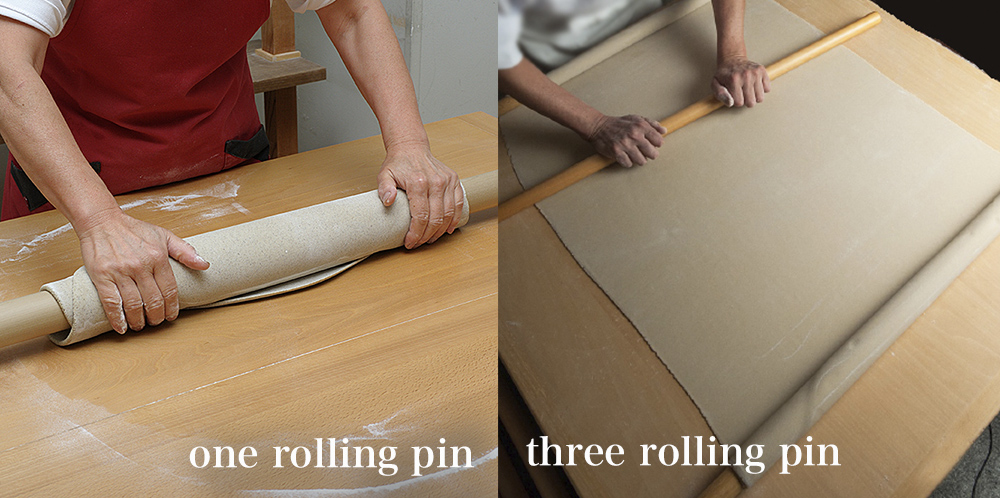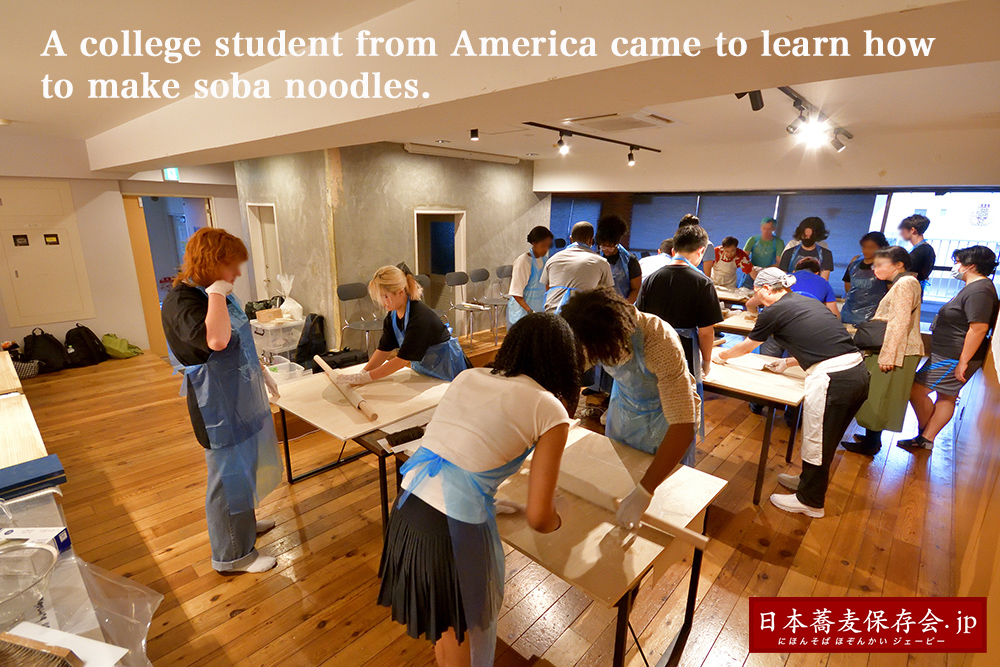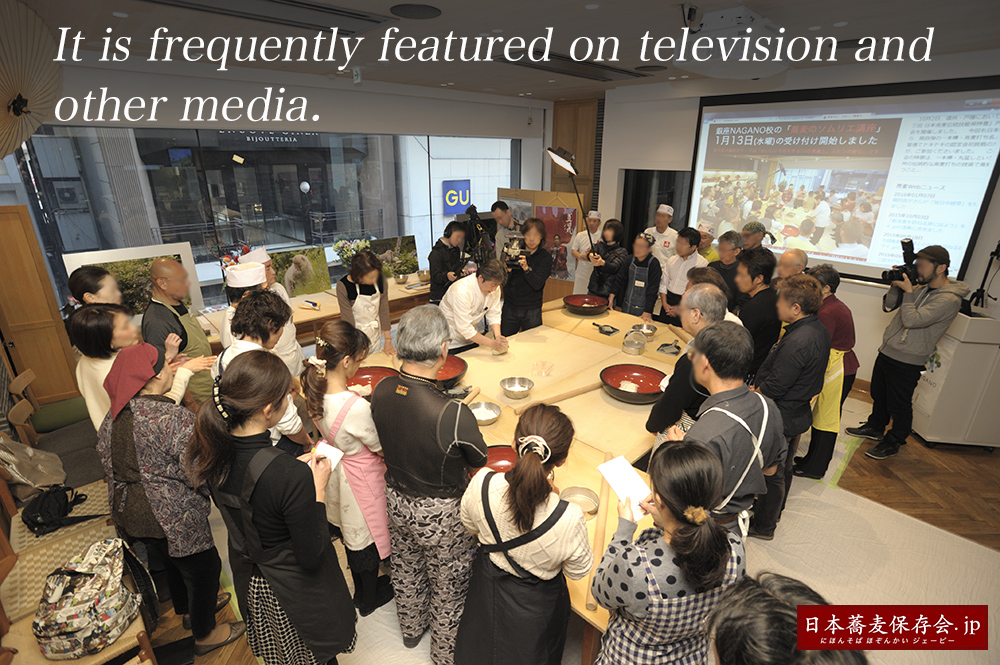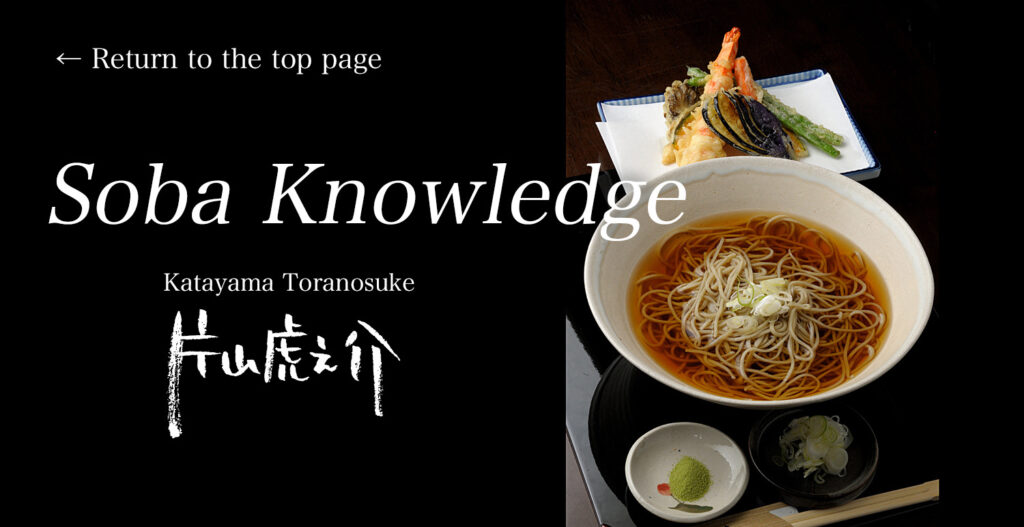
Making buckwheat noodles by hand is called “Sobauchi”. There are two ways of making buckwheat noodles: using one rolling pin and using three.
The method using only one rolling pin is the oldest and most orthodox buckwheat noodle making technique in Japan. Japanese buckwheat noodles have been made using the single stick method since the Edo period (1603-1868).
Today, the single-stick method is not practiced very often in Japan, and the three-stick method has become the mainstream.
However, the three-bar method became popular when mass production was demanded, and while it can produce a large amount of buckwheat at a time, it also kills the flavor of the buckwheat.
If you want to taste truly delicious soba, you should choose soba made with a single stick.
Most handmade buckwheat noodle shops in urban areas, such as Tokyo, use three sticks.
In the countryside, there are still some areas where soba is made with a single stick, but it is very difficult to eat soba made with a single stick at a soba restaurant.
In the Edo period, soba was not a dish to be made for one’s own consumption, but to entertain guests. The reason for this was that it was very labor-intensive to make.
At that time, the shogunate forbade farmers from taking the trouble to eat soba. There is a record that the shogunate repeatedly ordered farmers to work hard on rice cultivation and pay tribute to the shogunate when they had time to make soba.
The fact that the shogunate repeatedly ordered the farmers to eat soba means that the farmers ignored the orders and ate soba. In other words, buckwheat noodles were so delicious in those days.
In those days, unlike today, the cultivation in the fields, the milling process, and the method of making buckwheat noodles were done with great care and sparing no time or effort. The soba produced in this way was incomparably tastier than that of today.
The native buckwheat used in the Edo period has been replaced by improved varieties today. Improved varieties of soba have lost the original taste of Japanese soba.
The milling process has become more efficient, and the taste has become secondary. The taste of soba noodles is also lost because of the three-stick method of buckwheat noodle making.
Unfortunately, this is the way buckwheat noodles are made in Japan today.
A revolution is now taking place in this situation.
Toranosuke Katayama has devised a method of making soba that reproduces the taste of soba as it was eaten in the early Edo period (1603-1868), and an increasing number of young people are learning to make soba by learning this method.
Today, it is difficult to enjoy authentic, delicious soba unless you make it yourself.
If you want to taste the real buckwheat noodles that were eaten 400 years ago, you should join Toranosuke Katayama’s buckwheat noodle making class. More and more people from all over the world are joining this class.




